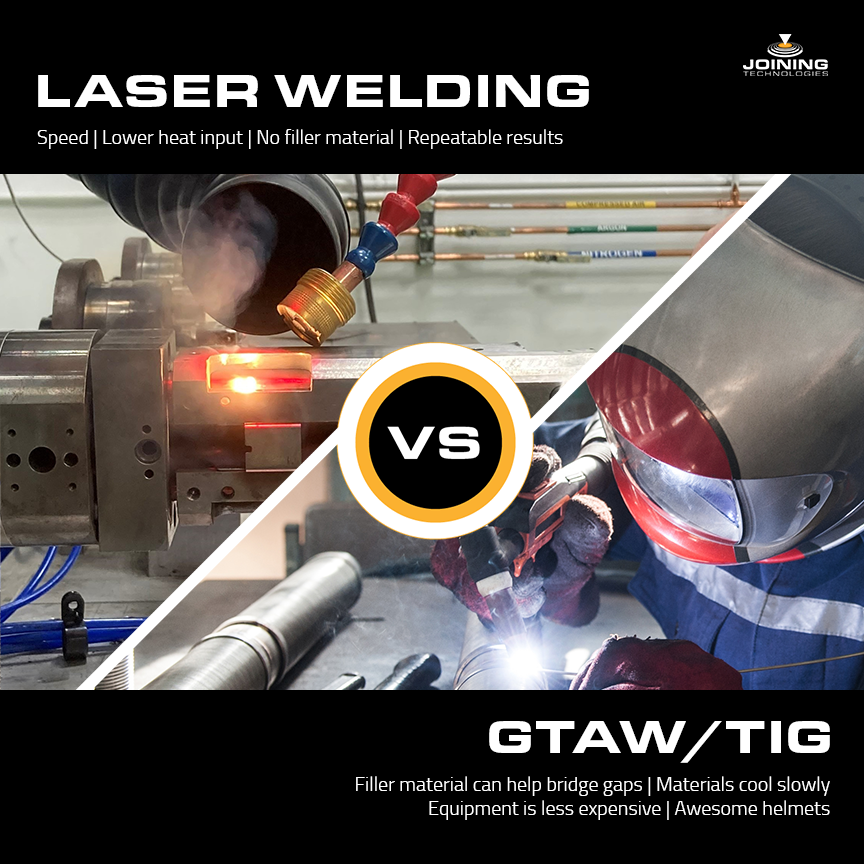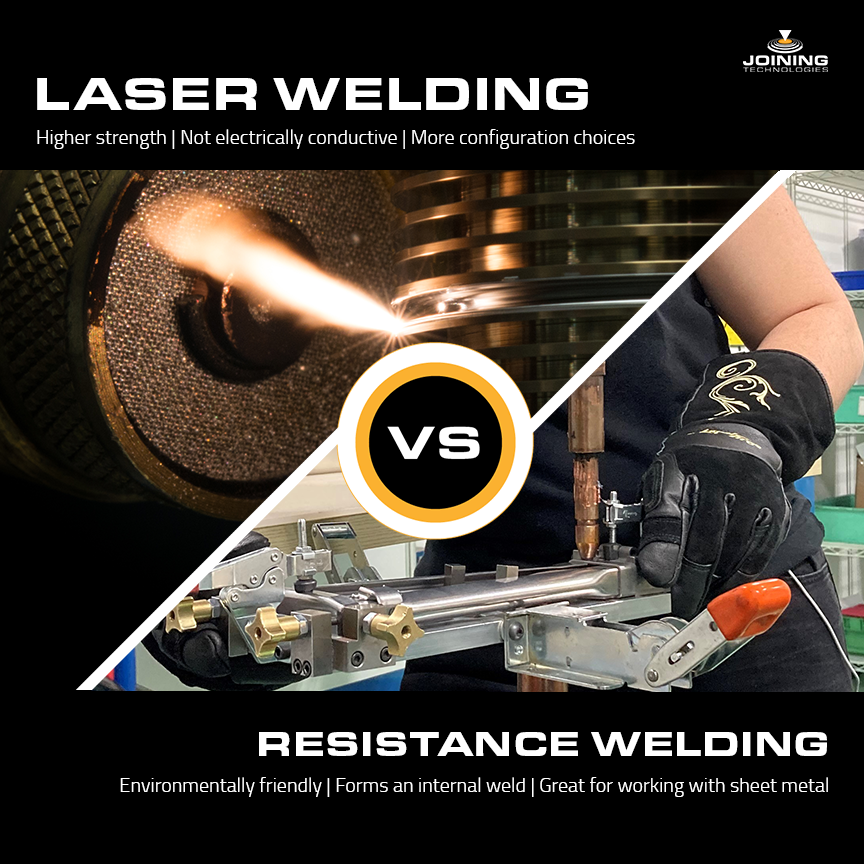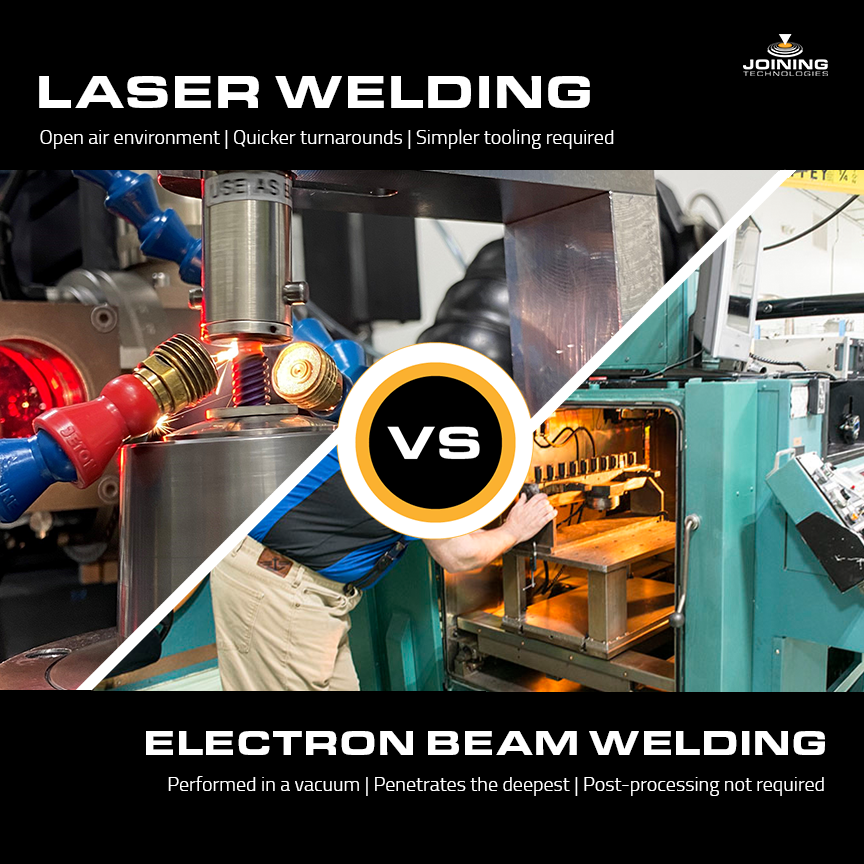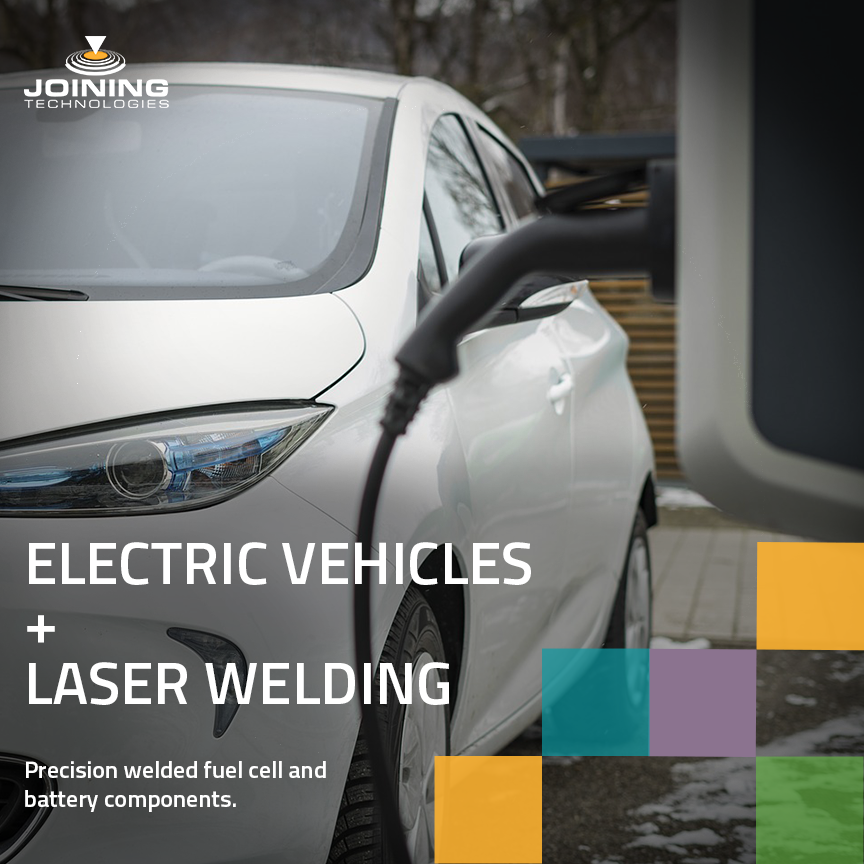Laser welding is one of several methods available for joining metals. So, how exactly does it work? Simply put, it uses concentrated light-based energy to melt and fuse certain materials, typically metal to metal, both ferrous and non-ferrous. It was developed in the 1960’s and was initially regarded as a specialty process. Today it is commonly used in various industries for the many benefits it brings. Though traditional welding methods persist. So, how do you know if laser is the best approach for your needs? Today, we’ll look at the advantages of laser welding when compared to other welding methods.
Laser Welding vs. Popular Traditional Methods
- Lasers deliver a weld with extreme precision, meaning the heat-affected zone is smaller. Also, overall heat input to the workpiece is lower when compared to gas tungsten arc welding (GTAW), brazing or other conventional methods. With GTAW, for instance, heat input is significantly higher as well as heat affected. Less heat means less unwanted distortion, and fewer damaging effects overall. GTAW is also not capable of reaching the same fusion or penetration depths of a laser weld.
- When compared to resistance welding, a laser welded joint of a similar size using similar heat input is less likely to fail. A tensile test would show a higher level of strength from laser than resistance.


Laser Welding vs Electron Beam (EB) Welding
More demanding applications may be suited for either electron beam welding or laser. Though laser welding’s advantages tend to stand out here as well. When compared to EB, laser is typically 20-30% less expensive. Further, more complex solutions can be delivered since components can be welded in an open-air environment. Also, shielding of gas can be applied directly to the weld. For larger volume projects, particularly ones that grow over time, laser can be more easily brought in for vertical integration than more complex systems like those required for EB welding. For this reason and others, a typical laser installation costs less than EB overall.
It’s important to note that EB welding is performed in a vacuum chamber, which comes with certain restrictions and limitations. Conversely, laser welding is conducted in the open air. It is faster, more flexible with fixturing, and is not subject to other functional requirements associated with vacuum environments.

Small Parts Demand Precise Welds
When considering which approach is best, part size is definitely a major factor, especially when dealing with miniature and microminiature components or assemblies. The challenge with traditional approaches is that it’s harder to precisely apply gas to a smaller part. An advantage of using a laser welding system is that it can be scaled down to do micro-welding.
Also, laser welding is not an electrically conductive process; there is no interaction with the material itself. This is unlike gas tungsten arc or resistance welding, where the part might be contacted by the equipment. This could cause a multitude of a problem for batteries and other electronic equipment.
Materials
As we mentioned earlier, laser welding can be used for both ferrous and non-ferrous materials. The list of commonly joined materials includes stainless steel, titanium and other grades of steel as well as aluminum and copper.
It also excels when welding precious metals like platinum, rhenium and other refractory alloys. This is why laser welding is often employed for semiconductor and battery manufacturing, which previously relied heavily on EB welding.
Consider Laser Welding
As you can see, laser welding has several advantages over competing methods. Though it is important to make sure you understand your requirements, along with laser’s capabilities compared to others to see if it’s the right fit. Often, it is. As a result, manufacturers benefit from reduced processing time, increased weld strengths (product reliability), and the overall efficiency that laser welding delivers.
Joining Technologies offers all of the welding processes mentioned in this article! Go to our Services page to learn more, or Ask an Expert for more information!

Need laser welding for your EV battery assembly?
Our experts are ready to guide you through the options!